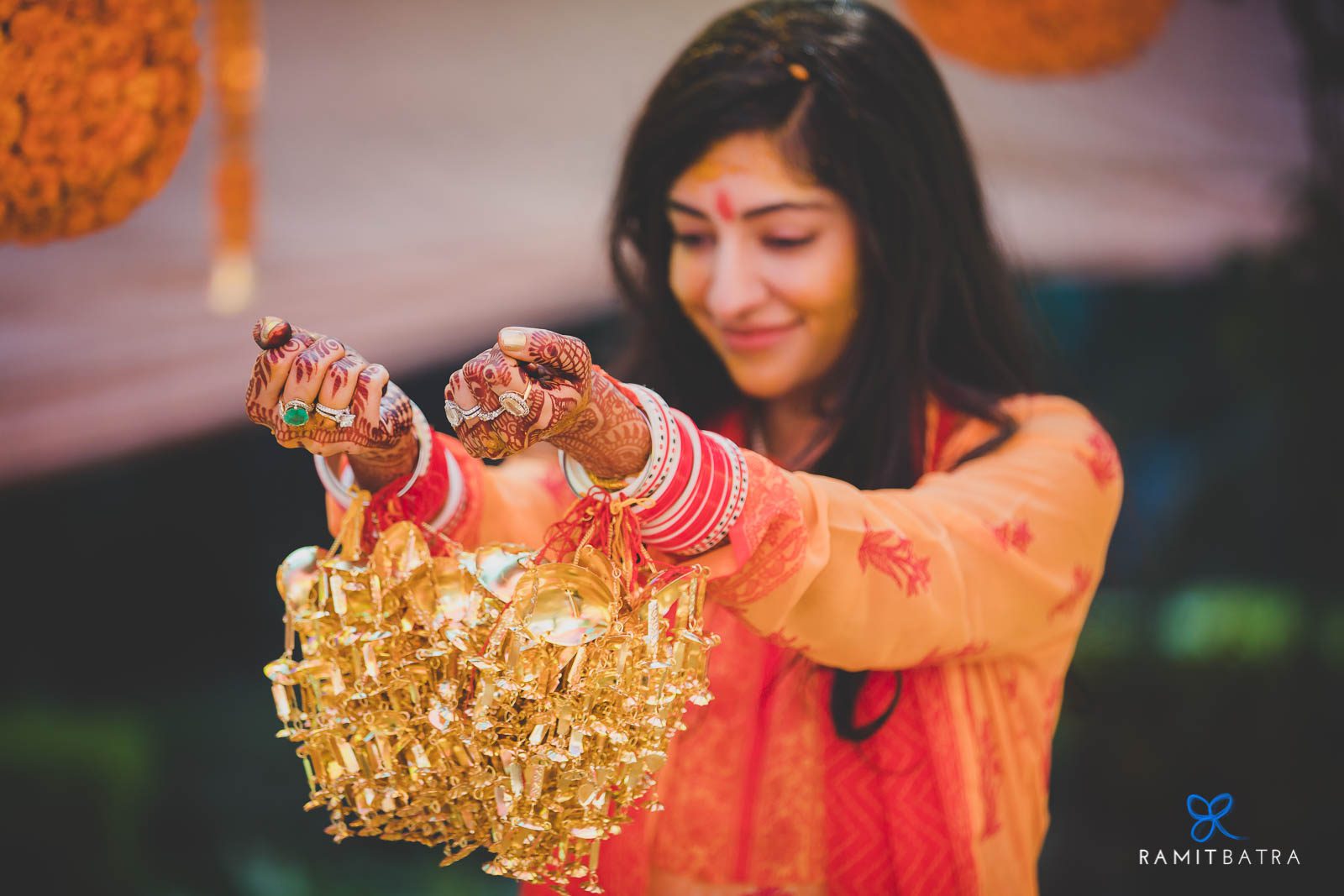Hinduism is a religion with a rich tapestry of rituals that cater to different aspects of life and spirituality. Aarti involves waving a lighted lamp in front of the deity to show reverence and gratitude. Puja is a ritual of worship to establish a connection with the divine. Havan is a fire ritual to communicate with the gods and purify the environment. Shradh is performed to honor and remember deceased ancestors. Karva Chauth is a fasting ritual for the well-being of husbands. Raksha Bandhan celebrates the bond between brothers and sisters. Diwali is the Festival of Lights celebrating the victory of light over darkness. Navaratri is dedicated to worshiping the feminine divine. Maha Shivaratri honors Lord Shiva, and Kumbh Mela is a mass pilgrimage for spiritual purification. These rituals foster a sense of community and tradition among Hindu followers.
1. Aarti
Aarti is a Hindu ritual that involves the waving of a lighted lamp in front of the deity, accompanied by the singing of hymns and prayers. It is a way to show reverence and gratitude to the divine. The light from the lamp symbolizes the presence of the divine in the form of energy and wisdom.
2. Puja
Puja is a ritual of worship that is performed to show devotion to a particular deity. It involves offering flowers, incense, and food to the deity, as well as reciting prayers and mantras. The purpose of puja is to establish a connection with the divine and seek blessings for health, prosperity, and success.
3. Havan
Havan is a fire ritual that involves making offerings to the fire god, Agni, as a means of communication with the divine. It is believed that the smoke from the fire carries the offerings to the gods, and in return, the gods bestow their blessings upon the worshipper. Havan is also seen as a way to purify the environment and create a positive energy field.
4. Shradh
Shradh is a ritual performed to honor and remember the deceased ancestors. It involves making offerings of food and water to the ancestors, as well as performing rituals to grant them peace and salvation. It is believed that by performing Shradh, the ancestors’ souls are appeased and that they receive blessings from the living.
5. Karva Chauth
Karva Chauth is a fasting ritual observed by married Hindu women for the well-being and longevity of their husbands. It involves fasting from sunrise to moonrise and offering prayers to the moon. The fast is broken after sighting the moon and receiving blessings from the husband. It is believed to strengthen the bond of love and devotion between husband and wife.
6. Raksha Bandhan
Raksha Bandhan is a ritual celebrating the bond between brothers and sisters. On this day, sisters tie a protective thread called a rakhi on their brothers’ wrists, and in return, the brothers vow to protect and take care of their sisters. The ritual symbolizes love, protection, and the bond of siblings.
7. Diwali
Diwali, also known as the Festival of Lights, is a major Hindu festival that involves lighting oil lamps, decorating homes, exchanging gifts, and bursting fireworks. It is a time to celebrate the victory of light over darkness and good over evil. The rituals during Diwali aim to dispel negativity and bring prosperity and joy into the lives of the celebrants.
8. Navaratri
Navaratri is a nine-night festival dedicated to the worship of the feminine divine in the form of Goddess Durga. The festival involves fasting, prayer, and dance performances called Garba and Dandiya. The rituals during Navaratri celebrate the triumph of good over evil and the nurturing aspect of the divine feminine.
9. Maha Shivaratri
Maha Shivaratri is a festival honoring Lord Shiva and is observed by fasting, performing pujas, and staying awake all night in vigil. The rituals during Maha Shivaratri are believed to cleanse the sins of devotees and grant them blessings of health, happiness, and spiritual growth.
10. Kumbh Mela
Kumbh Mela is a mass Hindu pilgrimage that occurs every twelve years, rotating across four sacred locations in India. It is one of the largest religious gatherings in the world and involves ritual bathing in the holy rivers to cleanse oneself of sins and attain spiritual purification. The rituals during Kumbh Mela are seen as an opportunity to seek salvation and liberation from the cycle of birth and death.
In conclusion, Hinduism is a rich and diverse religion with a wide variety of rituals that cater to different aspects of life and spirituality. These rituals play an essential role in connecting the individual with the divine and fostering a sense of community and tradition among the followers of Hinduism.
